Original - Odaily
Author-Jessica
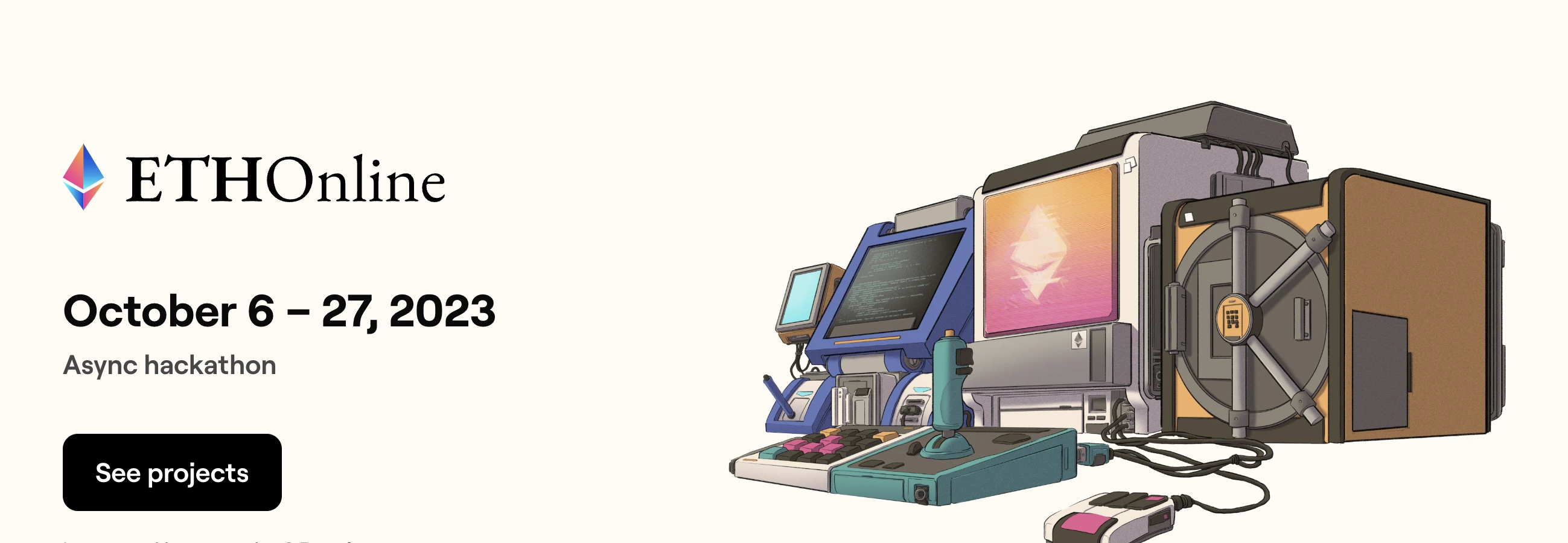
On October 28, ETHGlobal announced the list of 11 winning projects in the Online Hackathon finals, including the smart wallet browser plug-in WalletX, the npm library Koinu that can provide cross-chain token transfer in DApps, EVM+, etc. In addition, two chain games were selected. .
Odaily introduces this batch of projects as follows:
WalletX
WalletX, a non-custodial and advanced smart wallet browser plugin for smarter interaction with the blockchain.
The project enables users to authenticate using their device’s biometric authentication (Touch ID for Android, iOS, macOS, or Windows Hello) or a security key (YubiKey). This enables their wallets to have a high level of security. WalletX allows users to create smart wallets and use it for bulk transactions, exchanges, gas payments with ERC 20 tokens, social account recovery, and more. DApps can also connect to this extension via an injected Ethereum provider object.
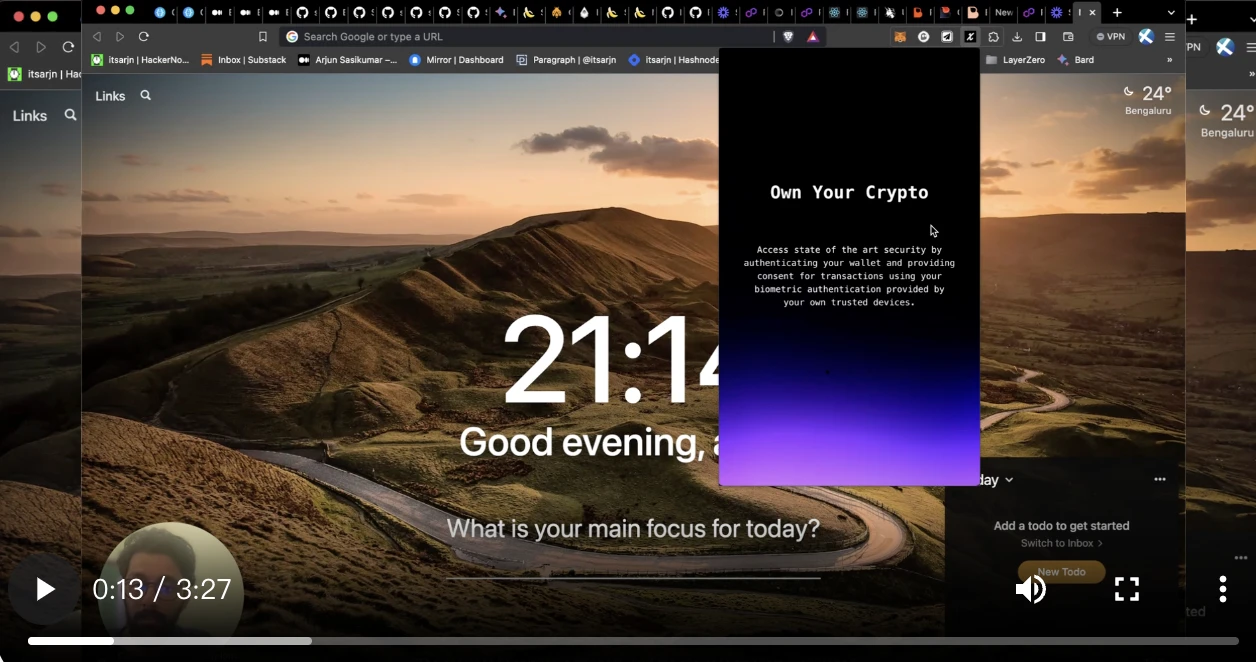
Koinu
Koinu, an npm library that provides hassle-free cross-chain token transfer in DApps without the need for heavy development work or in-depth blockchain knowledge.
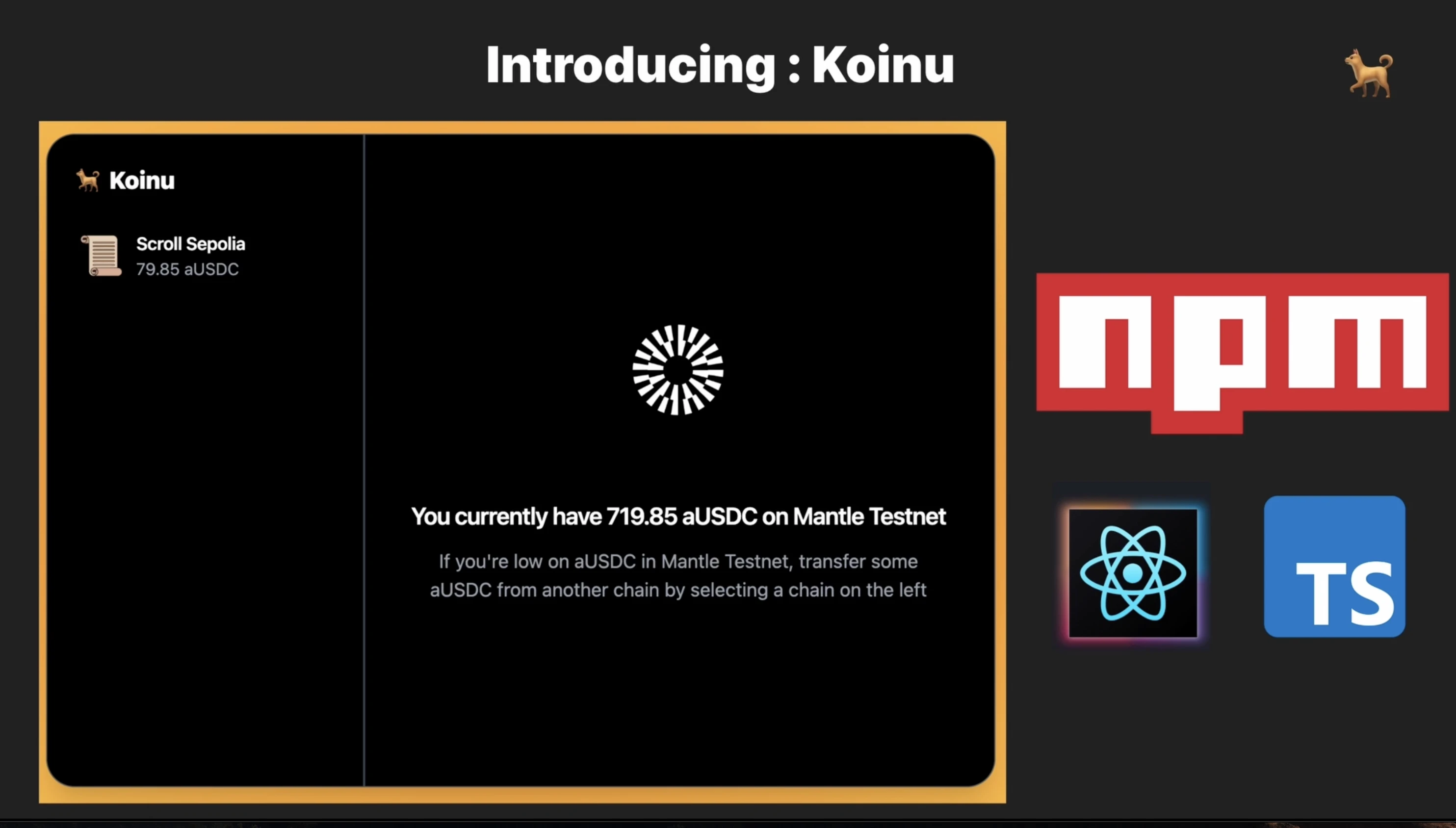
Koinu aims to simplify cross-chain token transfers in decentralized applications. Just by installing the library, developers can easily integrate a small, user-friendly block into their applications, enabling users to seamlessly transfer tokens between different blockchain networks.
Traditionally, implementing cross-chain functionality in DApps requires extensive development work and in-depth knowledge of various blockchain protocols. However, this npm library eliminates the need for developers to build their own cross-chain functionality from scratch. Instead, they can leverage this pre-built solution to provide users with a seamless cross-chain experience.
A significant advantage of this library is the improved user experience of interacting with web3 applications. Users no longer need to navigate between different chains to determine which chain holds their funds. For example, if a user wishes to purchase an NFT on the Optimism network but does not have enough ETH on that chain, they would typically need to search each chain to find where their funds are located. Additionally, they need to find a secure cross-chain bridge to transfer their ETH to the desired chain. This process is often challenging because many cross-chain bridges are unreliable and can compromise the security of users’ private keys.
With the help of this npm library, these complexities are eliminated. Users can view the token balance on each chain directly on the application interface. The library also provides a visually pleasing and intuitive user interface, making cross-chain transfers seamless and secure. It is worth noting that the library utilizes the Axelar Global Messaging Protocol (GMP) to ensure high security for cross-chain operations.
Overall, users can stay on the current tab and seamlessly perform cross-chain transactions without having to navigate multiple chains or search for secure cross-chain bridges. This simplifies the user experience, enhances security, and empowers developers to provide powerful cross-chain functionality in their DApps.
EVM+
EVM+,EIP: Decimal Mathematics for EVM. If the EVM is a basic calculator, then the EVM+ is a scientific calculator.
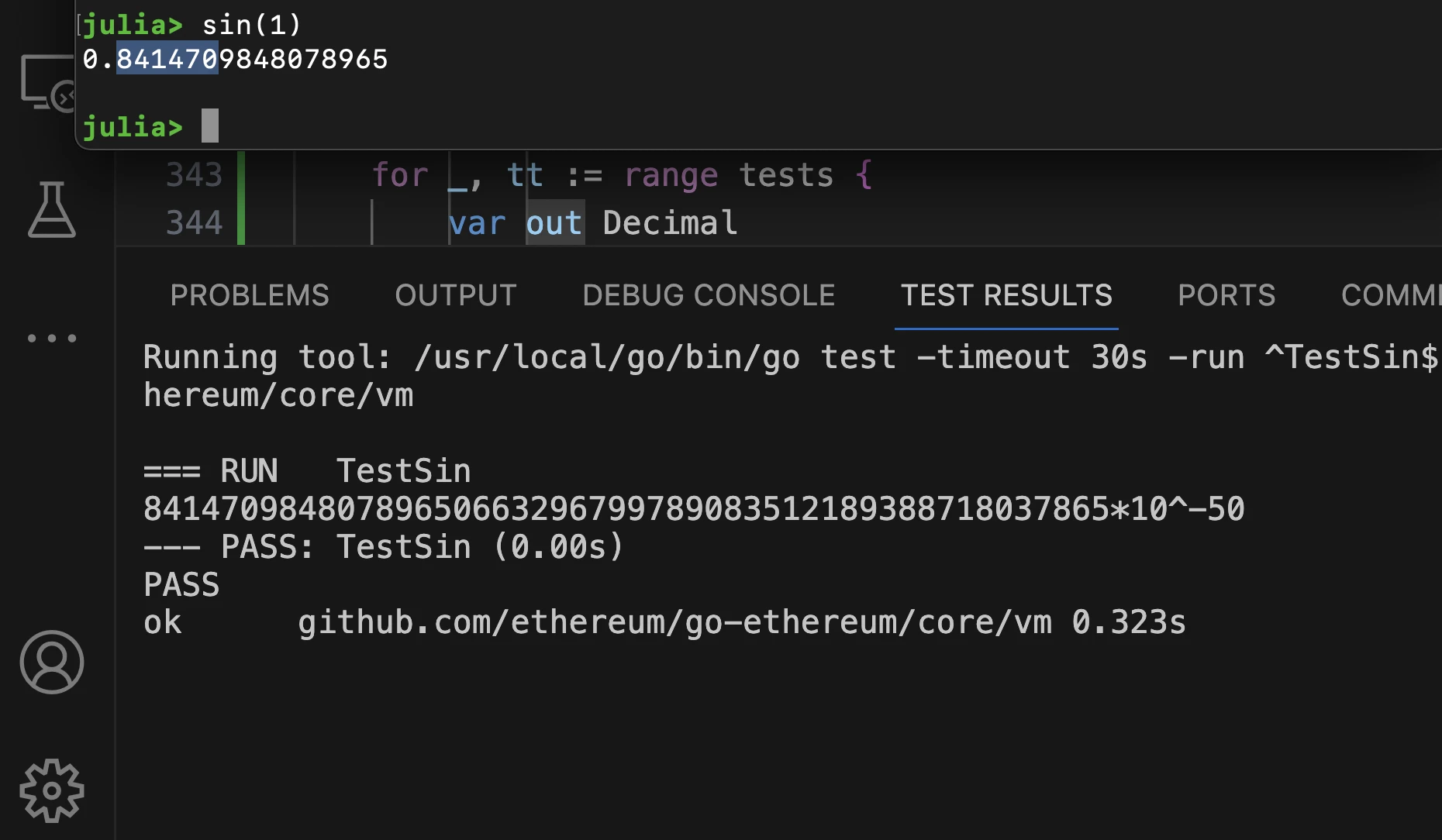
This EIP adds decimal floating point OPCODE for arithmetic operations (DECADD, DECNEG, DECMUL, DECINV) and expressions for all basic functions (DECEXP, DECLN, DECSIN). All decimal values are expressed exactly, with the maximum precision allowed for the int 256 coefficient and exponent, expressed as c* 10^q. All implemented algorithms converge to all inputs given sufficient accuracy, as selected by the user. All computations are deterministic and gas is built-in bottom-up. Allowing high-precision decimal basic functions brings more functional possibilities to Ethereum in fields such as mathematical finance, machine learning, science, digital art, games, and more.
PACKD
PACKD, a new way to share and receive digital assets.
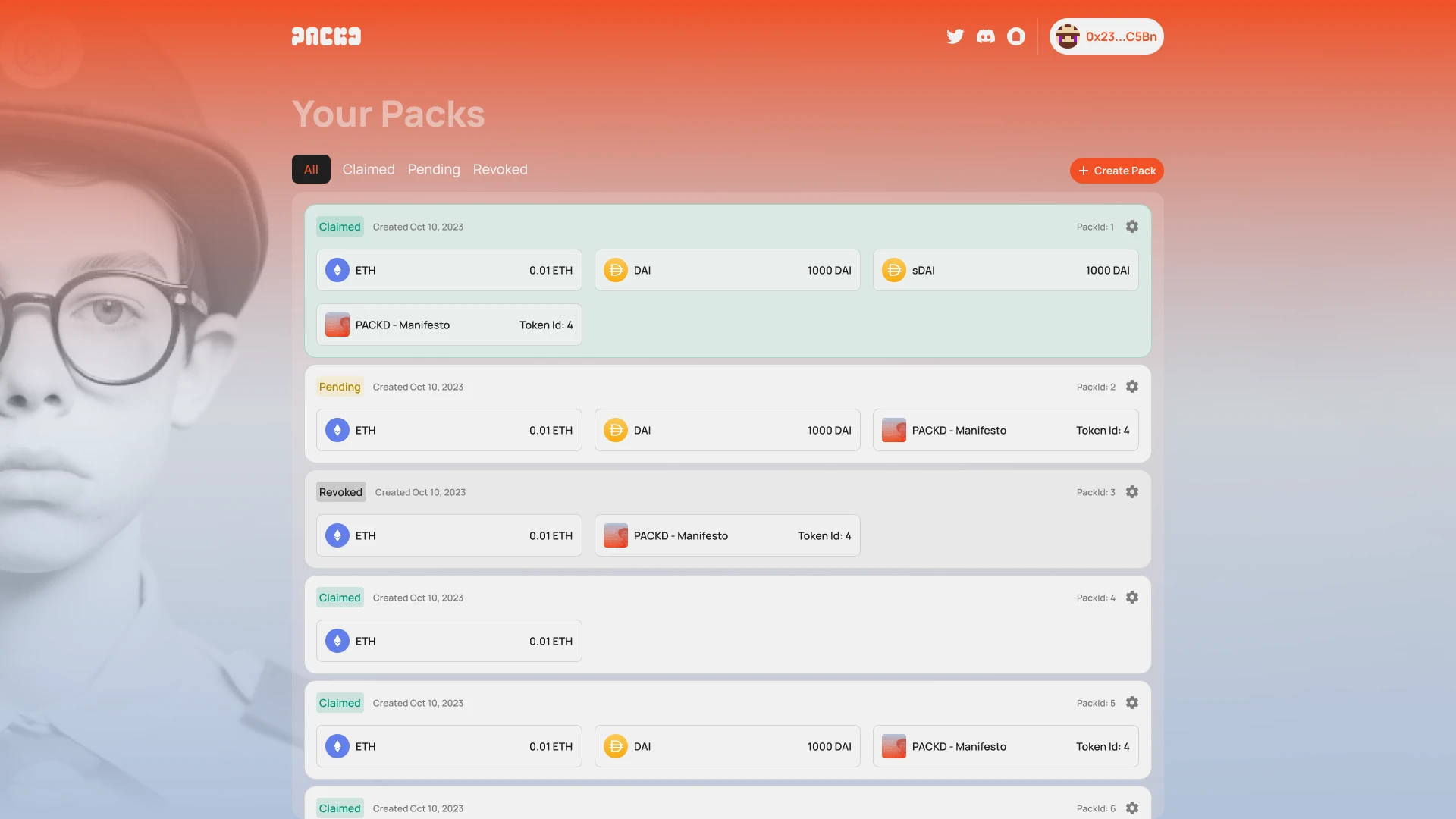
PACKD, introduces a new way to share and receive digital assets. Users can create packs, which are actually NFTs with their own accounts. These packs can be filled with a variety of digital assets, including tokens, NFTs, and some ETH to cover gas fees. Once a pack is created, users receive a link that can be shared via any platform. The recipient of the pack can open it without worrying about gas costs, since the pack pays for its own unpacking costs. This makes PACKD an ideal tool for bringing new users into the ecosystem, as it eliminates their need to go through CEX, KYC, bridging or acquiring ETH. Other uses include sending on-chain gifts, on-chain gift issuance (sharing the claim link as a QR code), sending NFTs via email to newsletter readers, in-game loot boxes, and more.
Cosmic Cowboys
Cosmic Cowboys, a dynamic blockchain-based game powered by artificial intelligence and ERC-6551 where players will interact with stranded space cowboy NPCs.
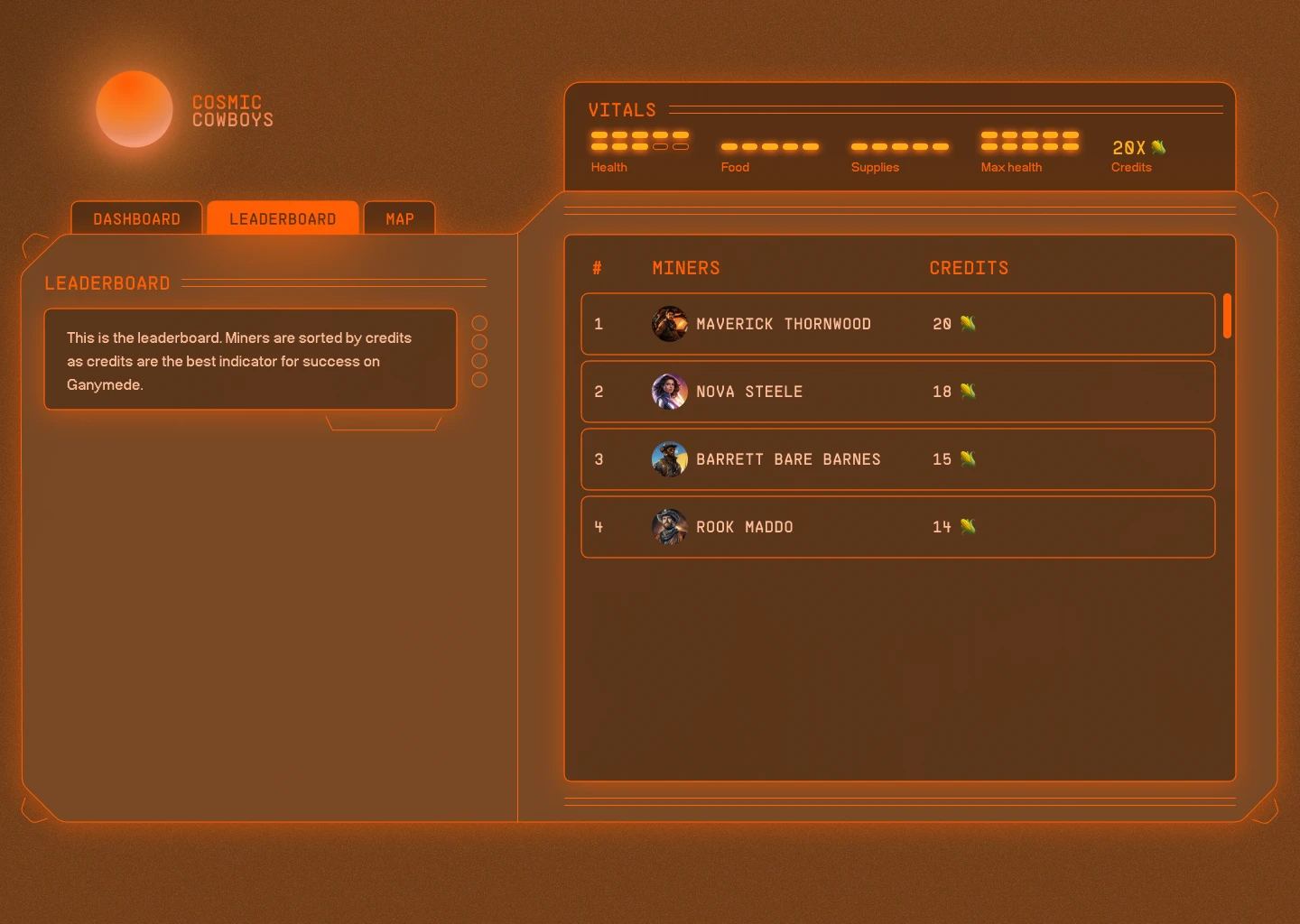
This project wants to showcase the power of artificial intelligence, blockchain, and ERC-6551 in gaming and NPCs. Cosmic Cowboys puts users into a world of AI-controlled NPCs where users can chat with them, learn about their journeys, and have the impact of their on-chain decisions via ERC-6551.
Each Cowboy is an ERC-721 NFT with an ERC-6551 Tokenbound account, allowing them to own a starting supply of 5 food, 5 supplies, and 20 points. The goal of the game is for NPCs to increase their total holdings of each item category to increase their strength.
Each NPC’s entire backstory is stored in IPFS metadata linked to the NFT and serves as its AI DNA. This context is fed into OpenAI to help curate decisions. Every action available to an NPC runs as a callable AI function, which is then translated into a smart contract interaction through the individual NPC TBA (Tethered Token Account). This gives the NPCs a real sense of autonomy.
zkVRF
zkVRF, a new approach to verifiable randomness (VRF) on blockchains, implemented by ZKPs.
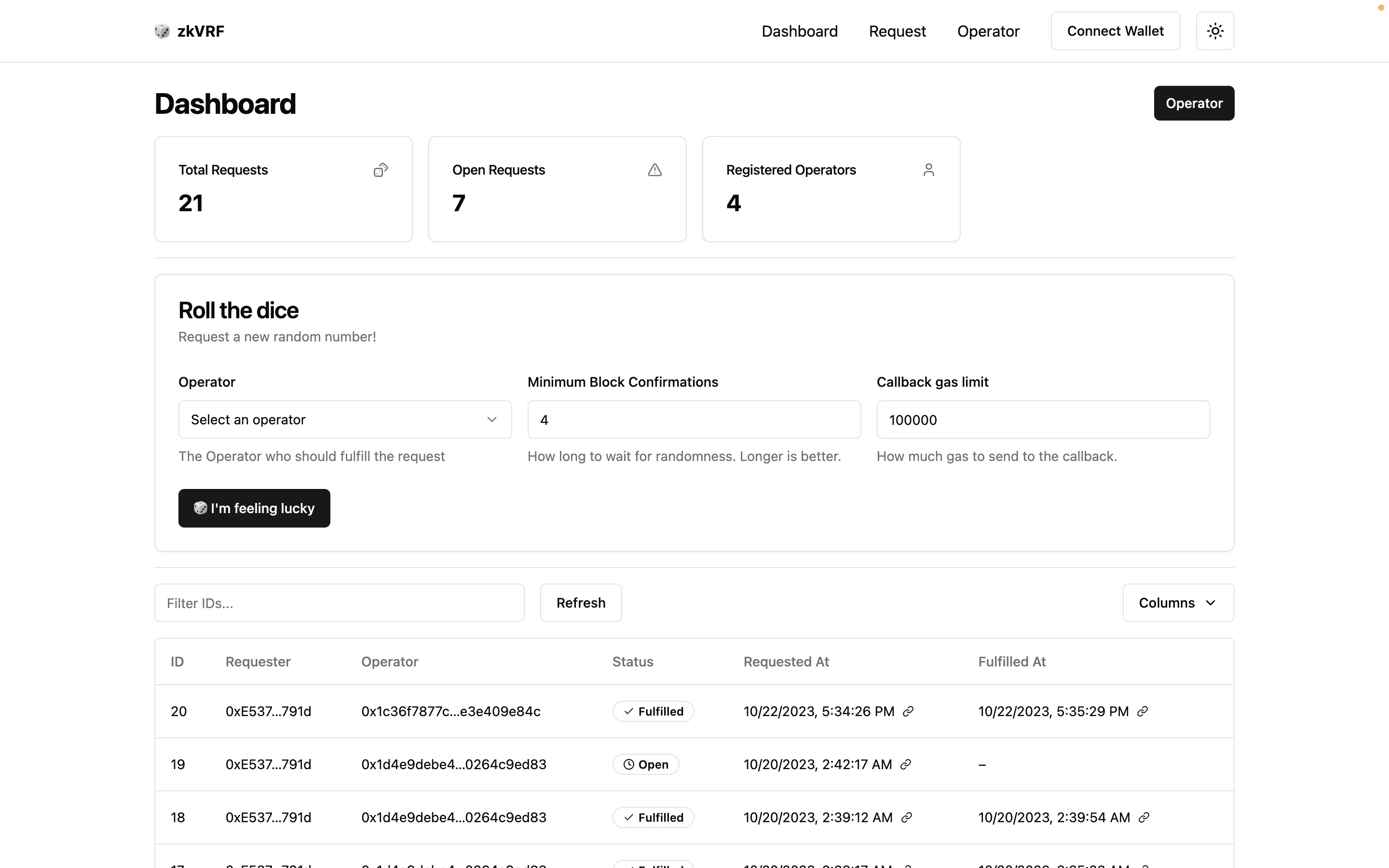
This project demonstrates the power of programmable encryption implemented with modern zk-SNARK tools (in this case, using Aztecs Noir DSL) to create custom deterministic public key encryption schemes. This custom PK encryption is then used to enable anyone to generate verifiable random numbers.
ShopConnect
ShopConnect, is a novel proof-of-purchase system powered by ZKP and implemented based on Polygon ID.
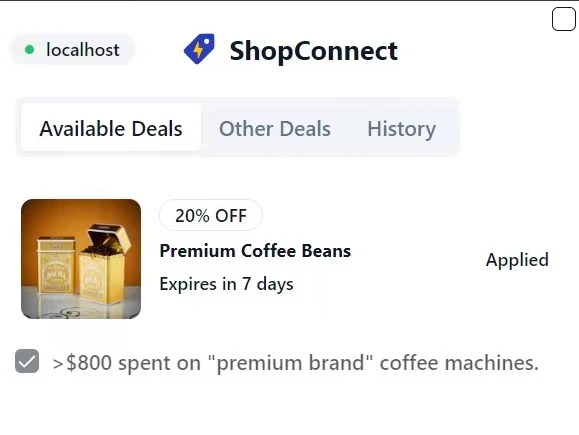
The project combines the use of Polygon ID with a browser extension front-end to provide a personalized experience for e-commerce consumers.
On the front end, there are actually two components:
A ShopConnect plug-in installed on your e-commerce store
A ShopConnect browser extension used by consumers
Whenever a purchase is made on an e-commerce store where the plugin is installed, the ShopConnect API issues a Polygon ID verifiable voucher to the consumers wallet as proof of purchase.
Consumers can view all of this content in their ShopConnect extension. They will then be able to qualify for any other offers, whether its a collaborative business promotion or a business looking to target customers with a specific shopping profile, based on their purchase history. This way, consumers can protect their data privacy while still qualifying for personalized offers.
ShopConnect believes that zero-knowledge proofs and web3 can enable truly multi-person, collaborative and personalized e-commerce.
Cryptopolis
Cryptopolis, an asset management chain game based on SimCity (Micropolis).
Cryptopolis takes the original City Simulator (1989) back to the cryptocurrency era, using the same game engine to build cities, but with realistic economic simulation.
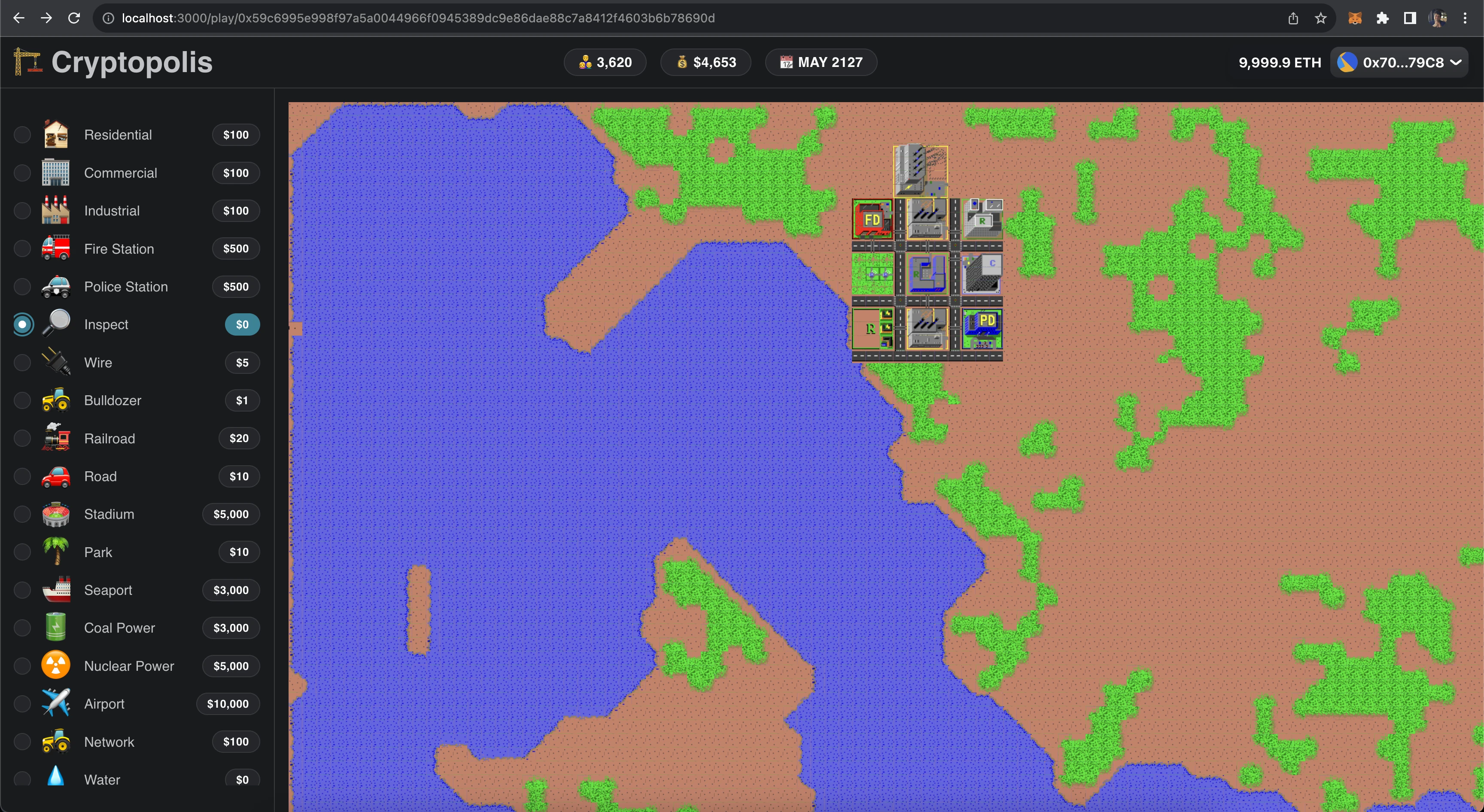
Note: SimCity was developed in 1989 by legendary game designer Will Write. In 2008, the engine C code was ported to C++ and released as free software under the GNU General Public License 3.0 or higher. The name was changed for trademark reasons. for Micropolis.
Bear Bonds
Bear Bonds, a chain-wide bond that rewards holders of ETH for long-term holdings.
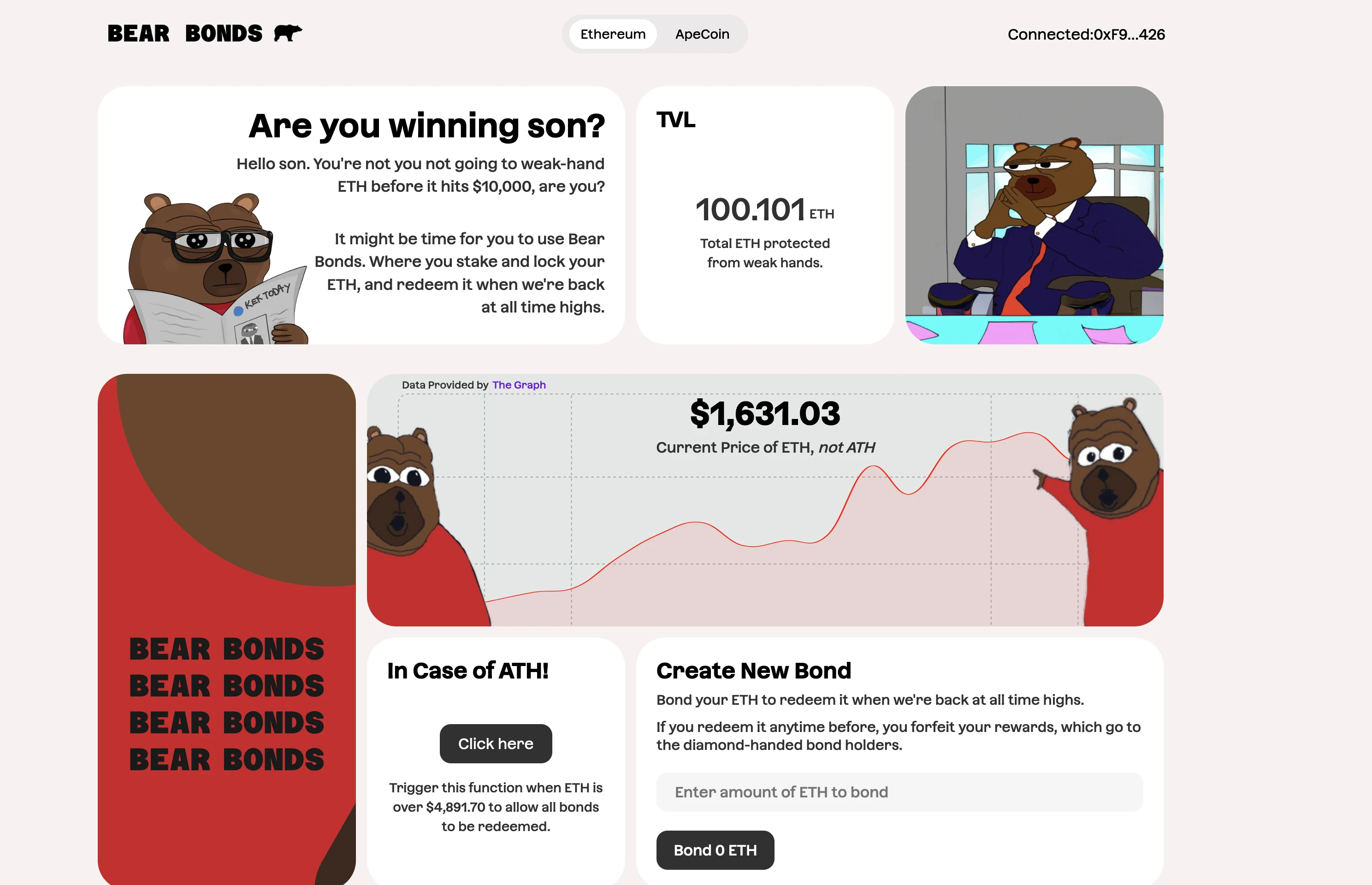
In principle, users can deposit ETH into the Xiongbao Bond Library (ERC 4626) for bondization. The library will convert ETH into StETH and continue to generate income. In return, the bound person will receive a full-chain token NFT. Represents their bond (their position) in the library.
People who bind have two options. Either wait until ETH reaches its peak and the bonds can be redeemed - users can get all their ETH back along with those fat gains. Either the user can release their bond, which means they will receive all their principal (so the user will not lose), but the proceeds will be forfeited and reallocated to the repository - meaning everyone still holding the bond will receive Rewards (long-term holders of ETH will receive rewards).
If a user exits the bond early, they will mint a soul token, showing that they have betrayed ETH and are in a paper hand state.
Bond NFTs are multi-chain and can be used as collateral on other chains – and as StETH rebases, the bond’s value continues to grow.
ZTF
ZTF, a decentralized cross-chain bounty and crisis management protocol.
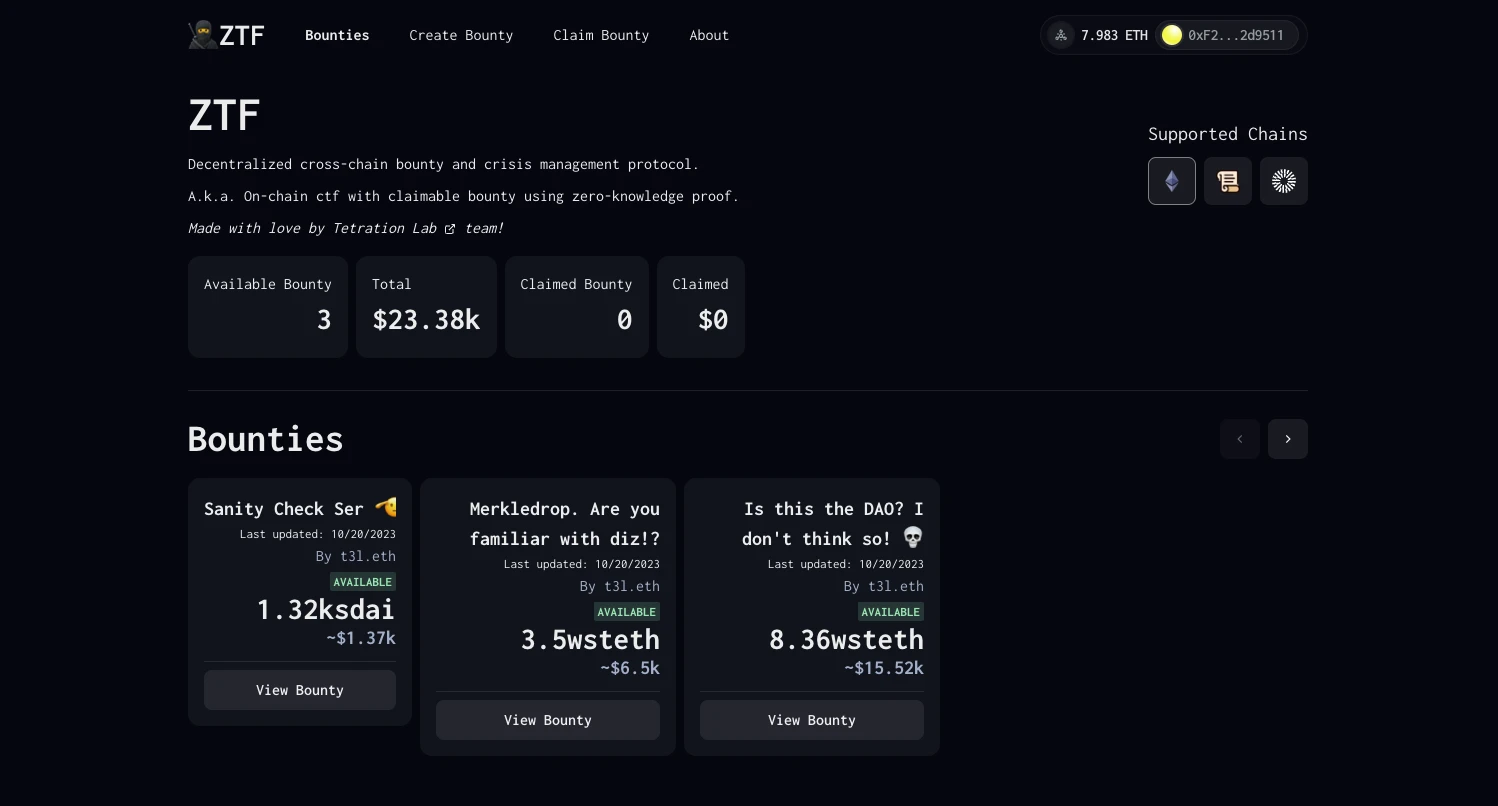
While audits and bug bounties both focus on vulnerabilities, ZTF believes that losses caused by other risks should also be covered. Most security measures are code-based and even implemented only to a limited extent (e.g. external integration is often out of scope).
When a crisis occurs, many questions arise. The scope of the impact may be uncertain, with damage spreading to other protocols. Even if action is required, the privileged account holder may not be available. Sometimes time locks or other mechanisms prevent timely intervention.
While many losses are due to financial, external integration, unforeseen circumstances, etc., ZTF hopes to add a solution that can trigger pre-planned actions through direct and indirect threats.
The ZTF protocol focuses more on damage-oriented bounties, allowing the protocol to set initial states and undesired states (flag contracts). This means that the protocol can set any actual or hypothetical state. For example, if the token value locked (TVL) is too high compared to liquidity, the flag can be anything programmable in solidity, such as loss of funds, excessive change in value, etc.
On the white hat side, starting from an initial state, sending any number of transactions moves the state to a point where the flag is captured. This is almost equivalent to a regular EVM (with some features stripped away for speed). Then use ZTFs CLI to generate a PoV to claim the bounty.
ZTF also allows anyone to set callbacks on the bounty. This allows users to plan actions against vulnerabilities. These actions can involve suspending the protocol, withdrawing funds, trading, etc., basically any programmable operation; and through Wormhole, cross-chain calls are supported.










